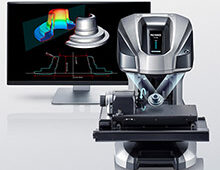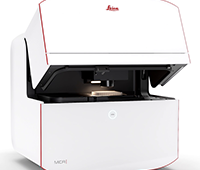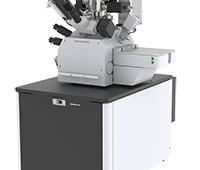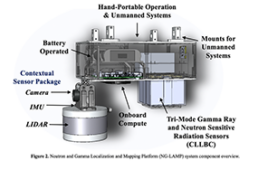 NFPA Fire fighting mode_0.jpg)
Using FLIR technology, firefighters can identify the hottest point in the scene of a fire. Credit: FLIR
Thermal Imaging Cameras (TICs) are proven lifesavers for fire crews with an established track record in all phases of fire size-up, attack and, overhaul. Not only can they help firefighters find their way through thick smoke in unfamiliar surroundings, TICs can also help crews determine the center of fire activity, locate victims and other firefighters, and spot potential hazards not seen by the naked eye. But more than that, because TICs show minute differences in heat energy, they’re vital for search and rescue, hazmat operations, and many other operational specialties beyond the standard fire ground.
Unfortunately, for years this technology was too expensive for fire departments to afford more than one per station or apparatus. Departments often continue to use out-of-date models because replacing their current TICs is not within budget. The end result is that few firefighters can get their hands on a TIC during an emergency response.
Recent technological developments could change all that, however. Today’s TICs are smaller, cost less, have higher performance, and come in a variety of configurations that can give incident commanders an entirely new view of the scene – from inside, outside, and even above the fire.
Seeing is believing
The primary benefit of any TIC is, of course, its ability to let the firefighter see in the dark, and through thick smoke. We often take the simple reality of sight for granted, until it’s taken from us in a life-threatening situation. Being able to see in the dark and through smoke isn’t a luxury for fire fighters, it’s a vital necessity.
The new generation of low-cost TICs are so flexible and affordable they can be carried by individual firefighters, mounted on aerial apparatus, and even flown on drones.
Attacking a fire safely and efficiently involves more than just seeing through smoke, it implies being able to give the incident commander as many different viewing angles as necessary to direct resources most effectively. The more information the IC has, the better off the entire team is.
.jpg)
New technology, new possibilities
By creating lower cost cameras and improving the base technology, manufacturers have been able to provide a greater variety of TICs that operate from multiple viewpoints. Each model is tailored to solve a different problem.
For example, the FLIR K2 was developed to be affordable enough to put in the hands of every firefighter. At the same time, this camera has the same high quality and rugged durability as its higher-end models. The K2’s resolution is good enough for the user to immediately identify hot spots, navigate through the smoke, and find victims quickly. The K2 can also measure temperature from a distance, allowing firefighters to monitor the changing heat of a structure to determine if it is cooling down quickly enough.
More advanced cameras can provide greater resolution and more details from the scene. Advanced image processing like Flexible Scene Enhancement, or FSX, provides real-time image enhancement that creates an ultra-sharp image with clear structural details and edges to help keep firefighters oriented to the scene. Whether it is in the hands of the primary search or attack crew in a building, FSX-enabled TICs give the clearest picture of the scene.
Fixed-mount cameras may do the most to improve firefighting efficiency. Whether they’re mounted on top of a truck or attached to an aerial ladder, these cameras provide an additional angle on the fire scene. For example, a KF6 attached to the platform or ladder of any aerial apparatus can see through smoke billowing from a roof and show firefighters exactly where to direct the water spray or to help a crew venting the building find their way off the roof.
Finally, drone-mounted thermal imagers give incident commanders an aerial view of residential fires, large commercial fires, hazardous material spills, wildfires, and other critical response environments. A drone can let commanders assess a dangerous area before entering, or search for hot spots after a fire has been contained.
Drones can also be crucial to quickly resolving search and rescue calls. Rather than waiting hours for a search helicopter, a rescue crew with a drone could begin looking almost immediately. Beyond just the response time, drone mounted thermal cameras give crews an advantage when looking for survivors or victims in a variety of environments. Because they let crews look down from above, they’re not battling heat source occlusion from vegetation – like tall grasses or trees – when looking for people lost in the wilderness.
Finding the best solution
With the right approach, the expanding collection of available thermal tools will allow firefighters to get multiple views of any response scenario, get in and out of buildings much faster, and to operate more safely during an emergency response. When fire companies have multiple people relaying interpretations of what they see, from different types of cameras at different angles, it can help them keep better account of the scene and the people working it.
It all boils down to having more eyes on the fire.




